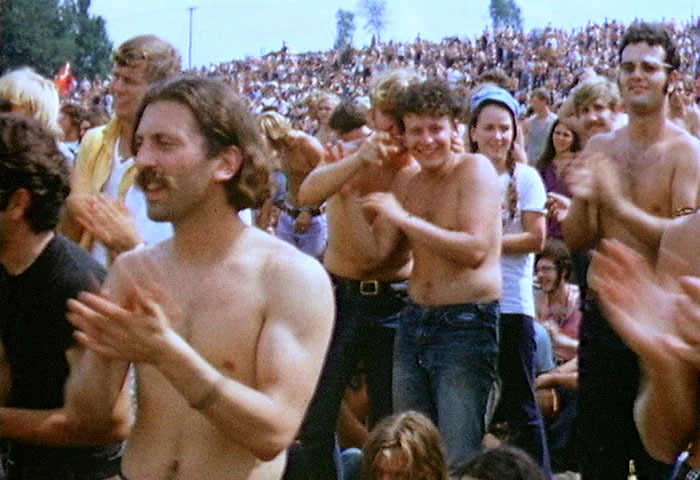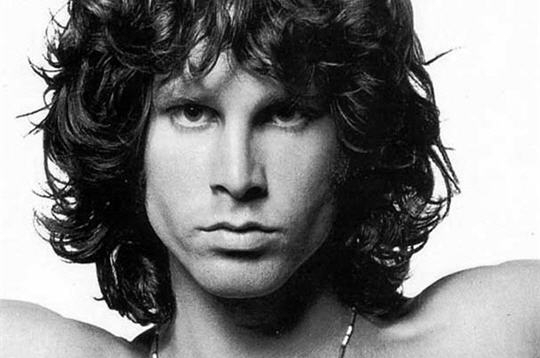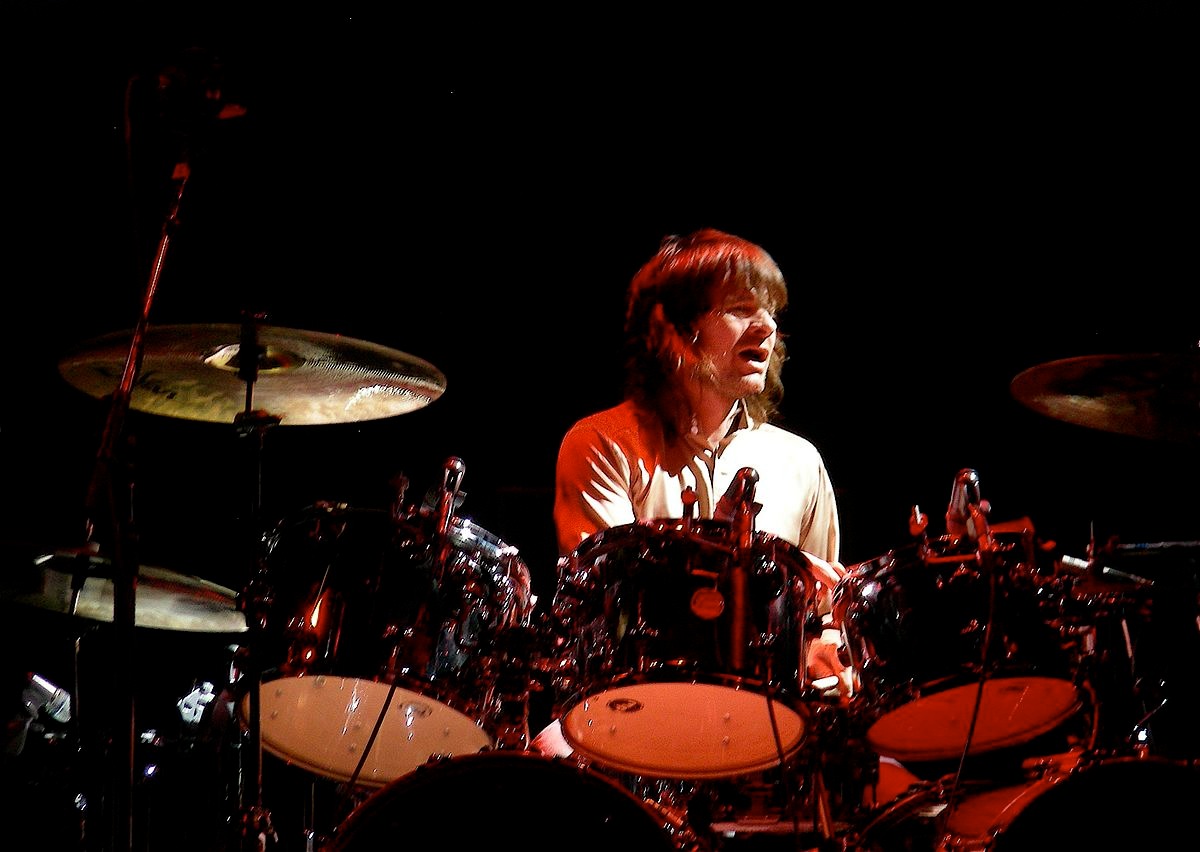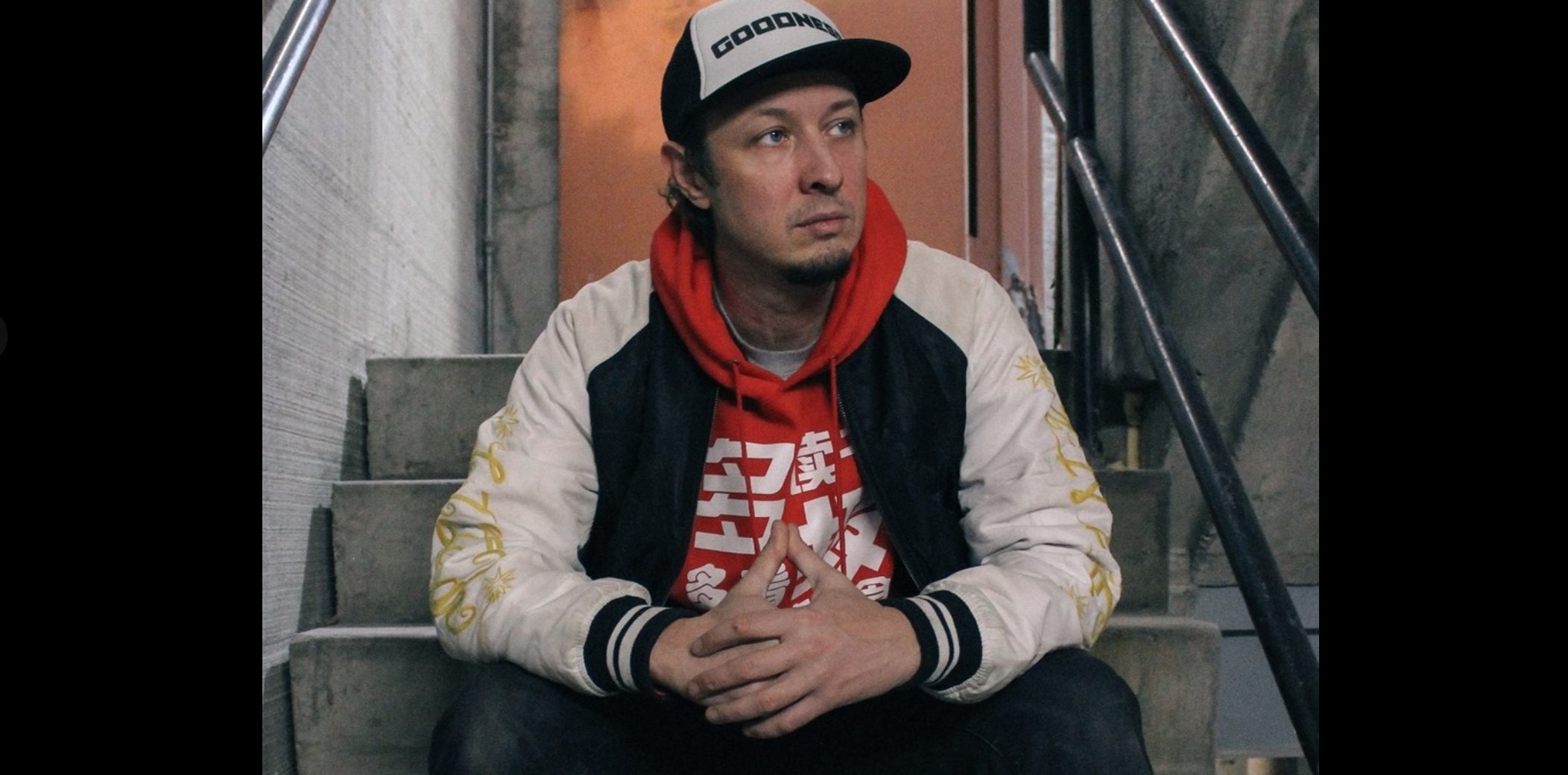You’ve heard the Woodstock legend countless times: half a million people gathered in harmony, creating three days of transcendent music without major incident. That mythology persists because it serves everyone—promoters, performers, and fans who needed proof that counterculture could work. Yet buried beneath decades of selective storytelling lie two young men whose deaths complicate the utopian narrative we’ve chosen to remember.
The Casualties Hidden in Plain Sight
Official records document exactly two fatalities, but their stories vanish in the festival’s peaceful mythology.
Raymond Mizsak was seventeen when a garbage-clearing tractor crushed him in his sleeping bag early Saturday morning. Police reports detail the operator’s inability to see bodies through storm-soaked fields. Emergency responders arrived too late for the teenager who’d come seeking music and community.
Richard Bieler died under murkier circumstances. The eighteen-year-old ex-Marine, Vietnam-bound, succumbed to what some sources claim was heroin overdose, others attribute to myocarditis brought on by hyperthermia, possibly complicated by overdose treatment medication. His death remains medically ambiguous but undeniably real.
These weren’t isolated incidents in the medical chaos that engulfed Bethel. Medical teams recorded 742 overdoses across three days, along with hundreds of injuries from cuts, fractures, and exposure. Several miscarriages occurred. The volunteer medical infrastructure buckled under circumstances that no one anticipated when planning for 50,000 attendees instead of the nearly half-million who showed up.
Manufacturing the Myth
Organizers and media crafted the peaceful narrative by focusing on what didn’t happen rather than what did.
The “miraculous absence of violence” became Woodstock’s defining story, especially after Altamont’s deadly disaster months later. Concert promoters emphasized crowd cooperation, media celebrated communal spirit, and participants wanted to believe they’d created something pure.
Like curating your social media feed, the narrative focused on transcendent moments while cropping out the grim reality.
Persistent rumors claim additional deaths—unreported overdoses, accidents lost in bureaucratic chaos. Yet no credible evidence supports these whispers, despite the documented medical mayhem. The myth of a coverup endures precisely because it feels plausible given the overwhelming casualties that did occur.
This selective memory mirrors how music culture sanitizes its defining moments, prioritizing inspiration over accountability. The festival’s medical crisis becomes a footnote while Hendrix’s “Star-Spangled Banner” performance achieves immortality.
Music history prefers its legends clean. Woodstock’s peaceful reputation serves the industry better than acknowledging that utopian gatherings carry human costs. We remember the iconic performances, not the teenagers who never made it home. But honest reckoning with both triumph and tragedy creates more meaningful cultural understanding than mythology ever could.

























